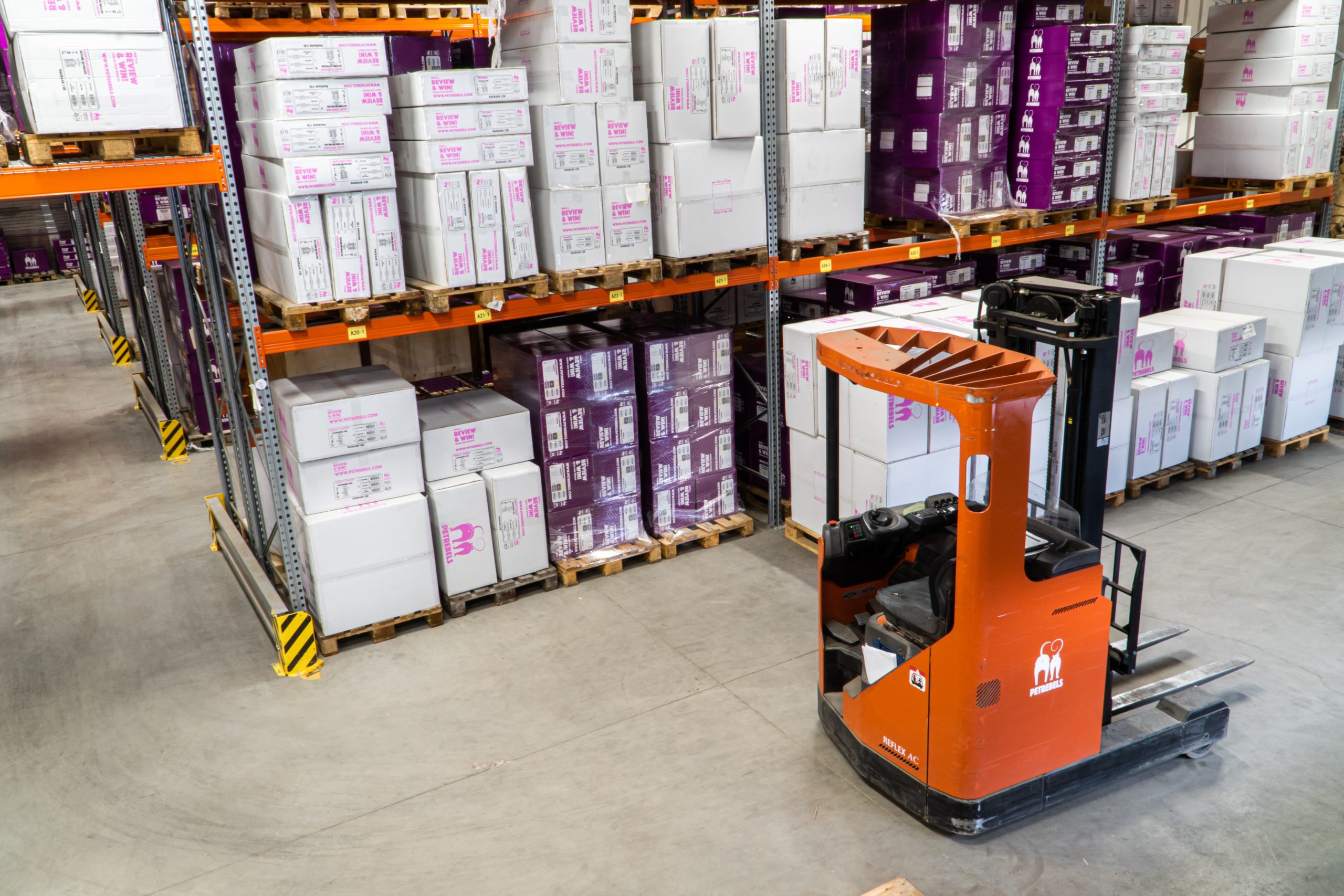27 Sep

Whether you have a single store or a nationwide chain, finding the best way to keep track of inventory is crucial to running a successful business. Knowing how much product you have on hand and being able to project future needs is key to meeting customer demand while avoiding stockouts or overstocking.
While inventory management seems like it should be simple, too many retailers struggle with basic inventory reporting and analytics. Oftentimes this is because they rely on manual processes or basic systems that weren’t designed for the job. In this post, we will explain how to manage retail inventory reporting without a lot of technical expertise.
Start with the basics – count what you have
Before you can accurately report on or project inventory levels, you need to know exactly what’s in your stores and warehouses right now. This means conducting a complete physical inventory count. Now we know counting everything can seem daunting, but it’s absolutely necessary to establish a baseline if you do not have a retail store management system in place.
Don’t try to estimate – have employees physically go through each area and itemize everything on hand. Use simple paper forms or spreadsheets to record counts. Then reconcile what was counted against what your internal systems say you should have. This will surface any existing discrepancies so you can correct records going forward.
While a full count is disruptive, make it a regular part of your operations going forward. We recommend counting everything at least once a quarter to stay on top of accuracy. Some retailers even count key items monthly. The short-term pain of counting will pay off with a reliable insight into your current inventory levels.
Track key metrics to understand trends

Once you have accurate current counts, you need metrics to understand how inventory is moving. The most basic metrics all retailers should track are:
Days of Supply on Hand – How many days would it take to sell all of a particular item/category if no new inventory was received? This tells you if you have too much or too little on relative to recent sales.
Turns – How many times per year is the average item sold and replaced? Higher is better, lower means items are sitting unsold too long.
Shrinkage – The dollar value of items lost to causes like theft, damage, or clerical error. Monitor to contain losses.
Out of Stocks – Track how often desired items are out of stock. This directly impacts lost sales and customer satisfaction.
Compute these metrics regularly – weekly or at minimum monthly – for aggregate inventory as well as top-selling items. This will reveal trends over time so you can spot developing issues early.
Also Read: Retail Inventory Method
Use simple spreadsheets to track and report on metrics
While there is always a need for inventory management software, still you can start tracking basic metrics. A simple spreadsheet will do the job perfectly well for most retailers.
Set up labeled spreadsheets to track:
- Current inventory counts by location
- Sales by item for the period
- Receipts/adjustments by item
- Beginning balance + additions – subtractions = ending balance
- Calculated metrics like days of supply, turns
Review the spreadsheets each period with department or store managers. Discuss trends and have them note reasons for issues like out of stocks. Over time, the spreadsheets will reveal patterns that indicate when to re-order or adjust order quantities.
Analytics lead to better ordering and reduced waste
Armed with historical metrics, simple analytics can improve how you manage inventory going forward. Track sales velocity and order weeks or months of supply accordingly. Use trends to set minimum/maximum stocking levels and auto-reorder points.
Pay attention to seasonal items – don’t get stuck with last year’s merchandise. Analyze which slow-sellers should be discontinued or marked down to clear. Fast movers are opportunities – to boost orders of consistent top performers.
Reducing overstock and out-of-stock will increase sales while freeing up cash tied up in excess inventory. Less waste means more profit flowing to fuel your business. And happy customers from fewer disappointing out-of-stock experiences.
Keep reports simple so people will use them
Don’t drown managers and store associates in pages of complex data and reports. Keep analytics high-level and visual through simple charts that convey the story at a glance.
Include only the top 3-5 metrics and items most important to each location. Color code charts so variances like increases/decreases or issues like out of stocks really pop. Distribute regular one-page dashboard-style reports for quick monitoring without wading through spreadsheets.
Make inventory reporting as low effort as possible so people actually use the insight you provide. With regular, simple tracking you’ll connect the dots between retail inventory management and improved sales, profitability, and customer satisfaction over time. The value will far outweigh any initial setup effort.
Inventory management in retail doesn’t need to be hard

For many retailers, getting control over inventory may seem like a complex technical challenge. But as with any business operation, starting simple and scaling up over time works best. Gradually you will have the inventory management skills you need.
The basic metrics, tracking, and reporting described here require minimal technical ability – just a willingness to establish baselines, monitor trends, and take action on opportunities or problems revealed. Done consistently, even rudimentary inventory analytics pay off with more sales and fewer leftover goods taking up space.
The Conclusion
So get started today with a physical count and simple spreadsheet tracking. If issues emerge, look for ways to streamline counts or automate reporting over time. But perfect shouldn’t be the enemy of good – basic visibility into your inventory is already a huge improvement for most retailers.
With time and as your business grows, you may find tracking inventory with basic spreadsheets becomes cumbersome or limiting. This is a natural progression as the need for more advanced features and controls increases.
One option to consider leveling up your process is implementing a POS inventory system. Best retail POS system on the market like Hana Retail include robust yet easy-to-use inventory modules. These can automatically track sales, receipts, adjustments, and quantities in real time directly at each register or device.





